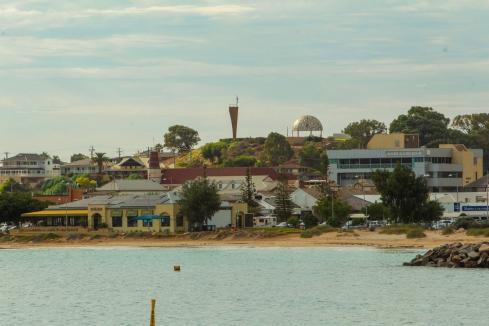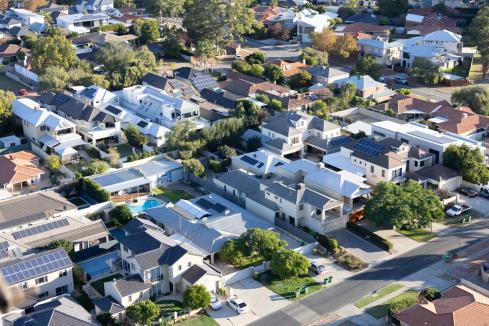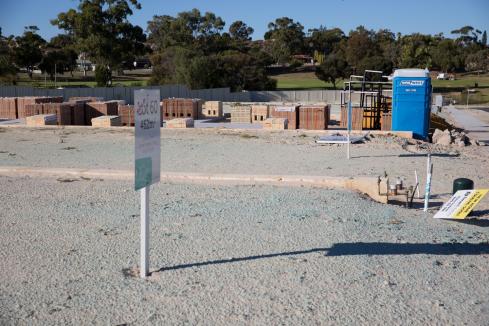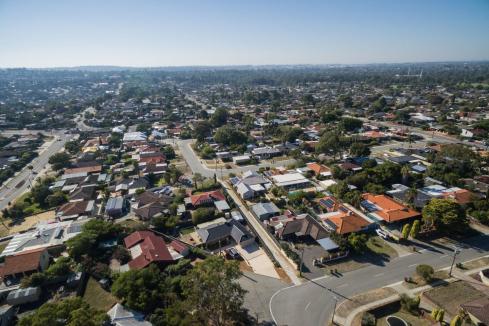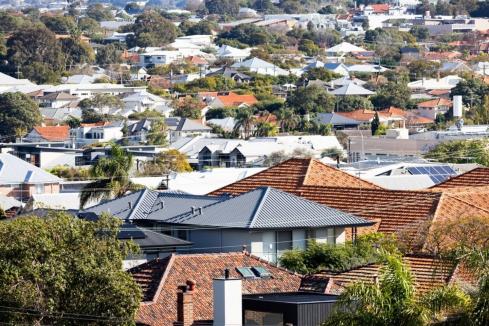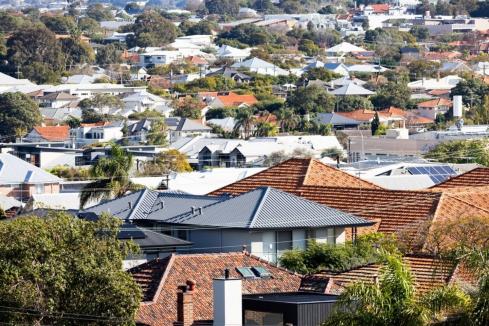Property investors in Perth are facing a bleak outlook, according to new research, which showed a combination of oversupply of units and apartments, lending restrictions and low rental returns would result in 15 per cent negative growth over the next five years.

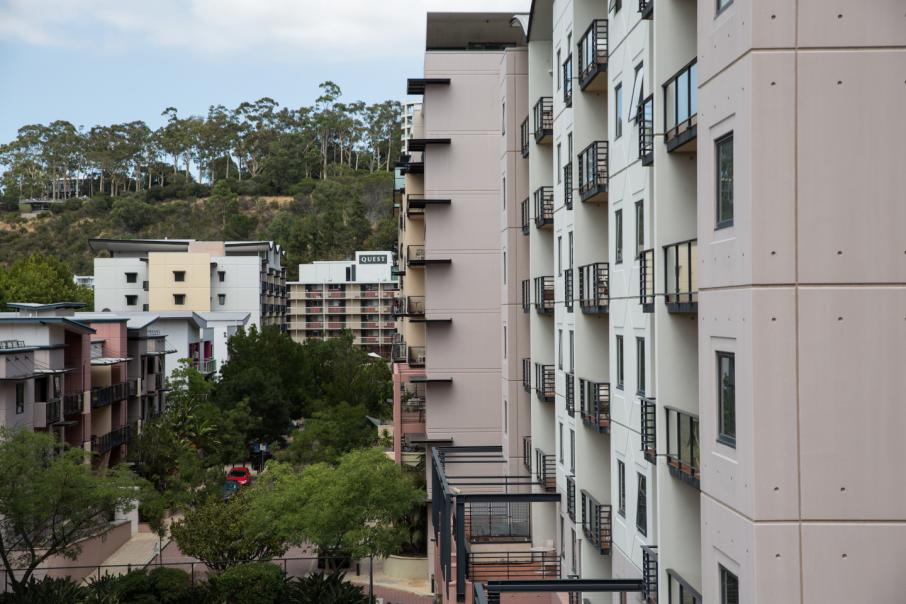
Property investors in Perth are facing a bleak outlook, according to new research, which showed a combination of oversupply of units and apartments, lending restrictions and low rental returns would result in 15 per cent negative growth over the next five years.
The assessment formed part of Riskwise Property Research’s January update for Perth, which acknowledged that while the Western Australian economy was slowly bouncing back, the housing market remained below the 10-year benchmark for capital growth.
For the next 12 months, Riskwise said it expected a 3 per cent decline for both detached home and unit values, with that decline falling to 11 per cent for houses and 12 per cent for units over the next three years.

Riskwise chief executive Doron Peleg said economic conditions in WA had resulted in houses carrying a high level of risk for investors, with that risk exacerbated for units or apartments.
Riskwise’s research showed Perth’s inner city had the highest rate of unit oversupply in the state, with 4,362 units in the development pipeline, representing an 11 per cent increase on current stock.
Across Perth, there are 12,687 units or apartments in the pipeline, a 6 per cent increase on what’s already been built.
“While Perth is very affordable, the overall demand for both houses and units is low and the risk associated with units is even higher than the risk associated with houses,” Mr Peleg said.
“While there is a small number of suburbs where houses have delivered reasonable or good capital growth in recent years, these are exceptions only.”
The analysis was in contrast to a recent market report by Domain, which flagged Perth to be Australia’s best performing city over the next 12 months, with the only property portal expecting a 5 per cent increase in median prices.
CoreLogic-Moody’s Analytics most recent analysis of the Perth market flagged a 2.8 per cent decline in median prices in 2019.
Mr Peleg said he expected the road to recovery in Perth property to be a slow one.
“While WA is in a long transition process from a mining-oriented economy to a more diverse one, it is still projected to deliver low economic growth, a soft job market and low population growth, which, of course, has a flow-on effect to the property market,” he said.
Mr Peleg said lending restrictions put in place by the Australian Prudential Regulation Authority had resulted in more negative impacts in Perth than in any other Australian capital.
“Perth prices, which had stabilised, once again started falling,” he said.
“And this impact is expected to increase if a blanket approach is also taken when introducing Labor’s proposed taxation changes to negative gearing and capital gains tax if they win the upcoming federal election.”
Mr Peleg said the performance of Perth property since the credit restrictions were introduced were a clear warning sign of what could happen in other markets if a blanket approach to negative gearing and capital gains tax were to be implemented.
“In such cases, the government needs to consider measures to boost demand which includes such things as further concessions for first home buyers and lifting restrictions for foreign investors in these areas,” he said.
“Government at both the state and federal level need to support these weaker markets by devising incentives for them such as increasing infrastructure to boost the economy and job creation and, therefore, population growth.”





